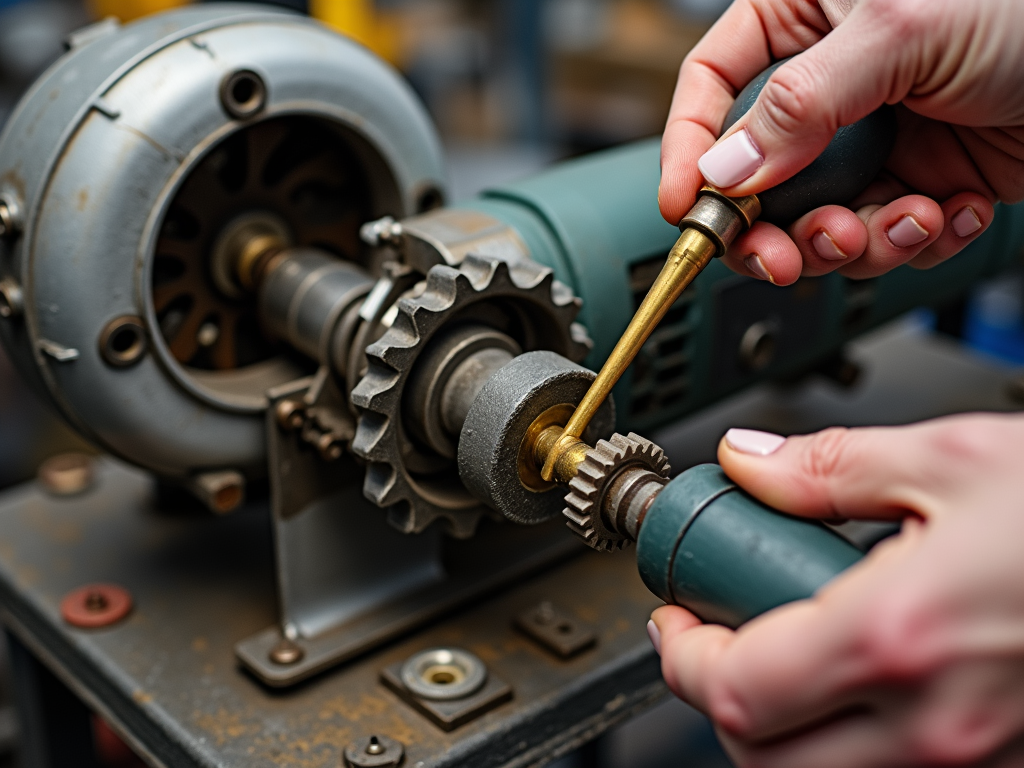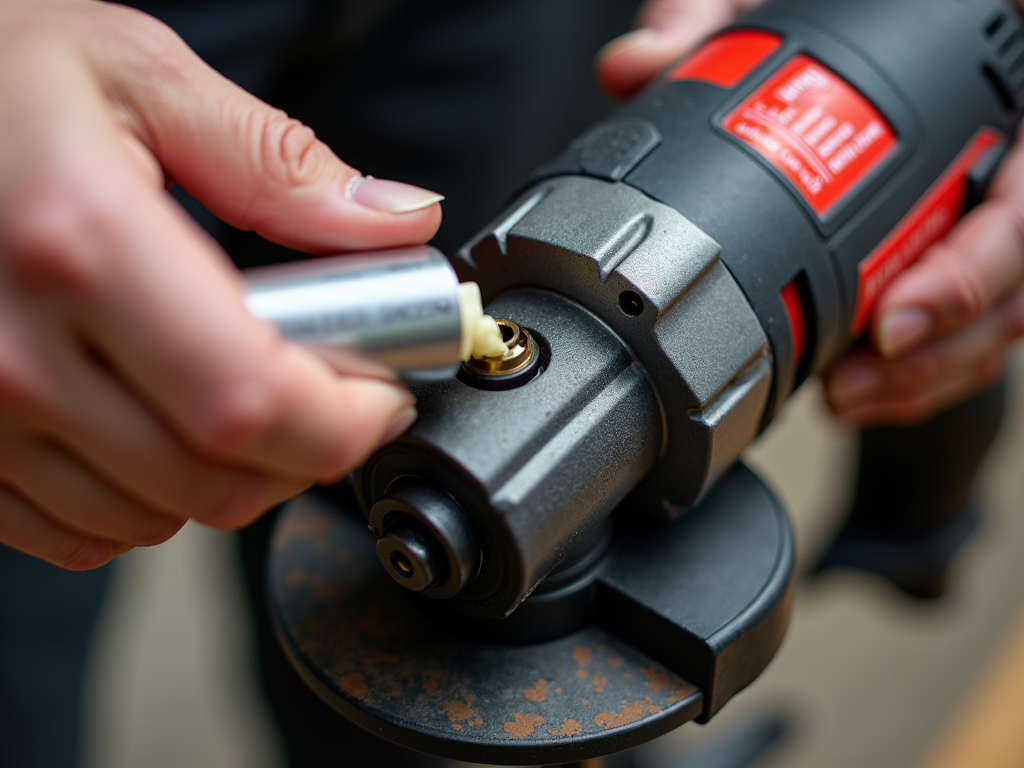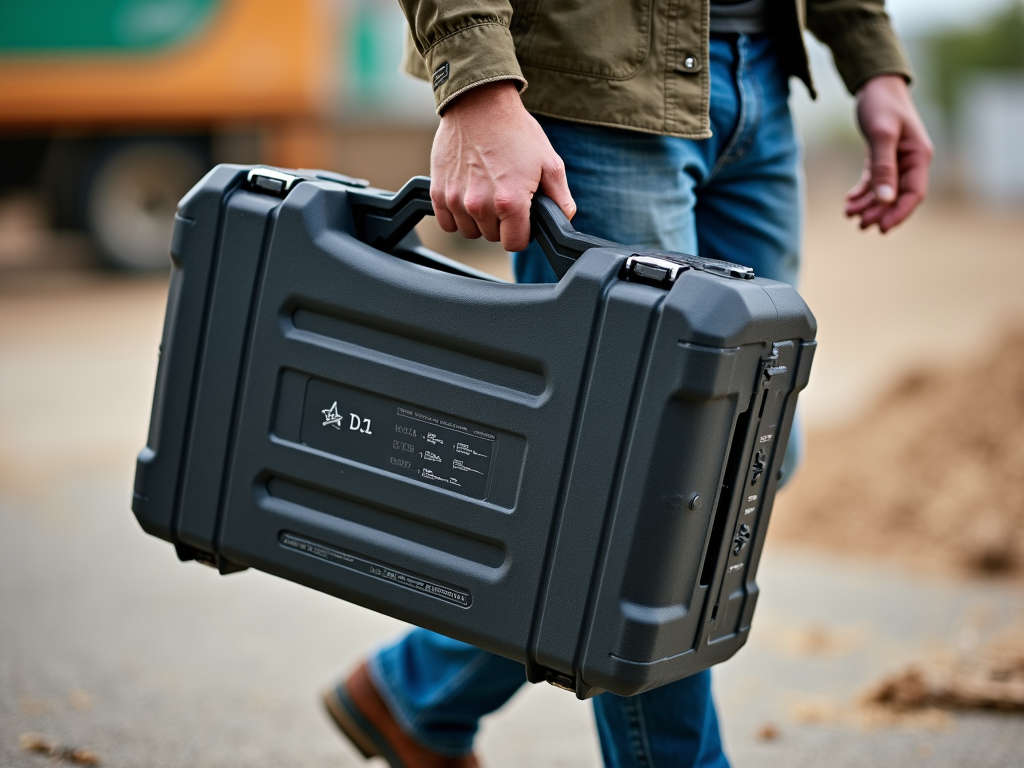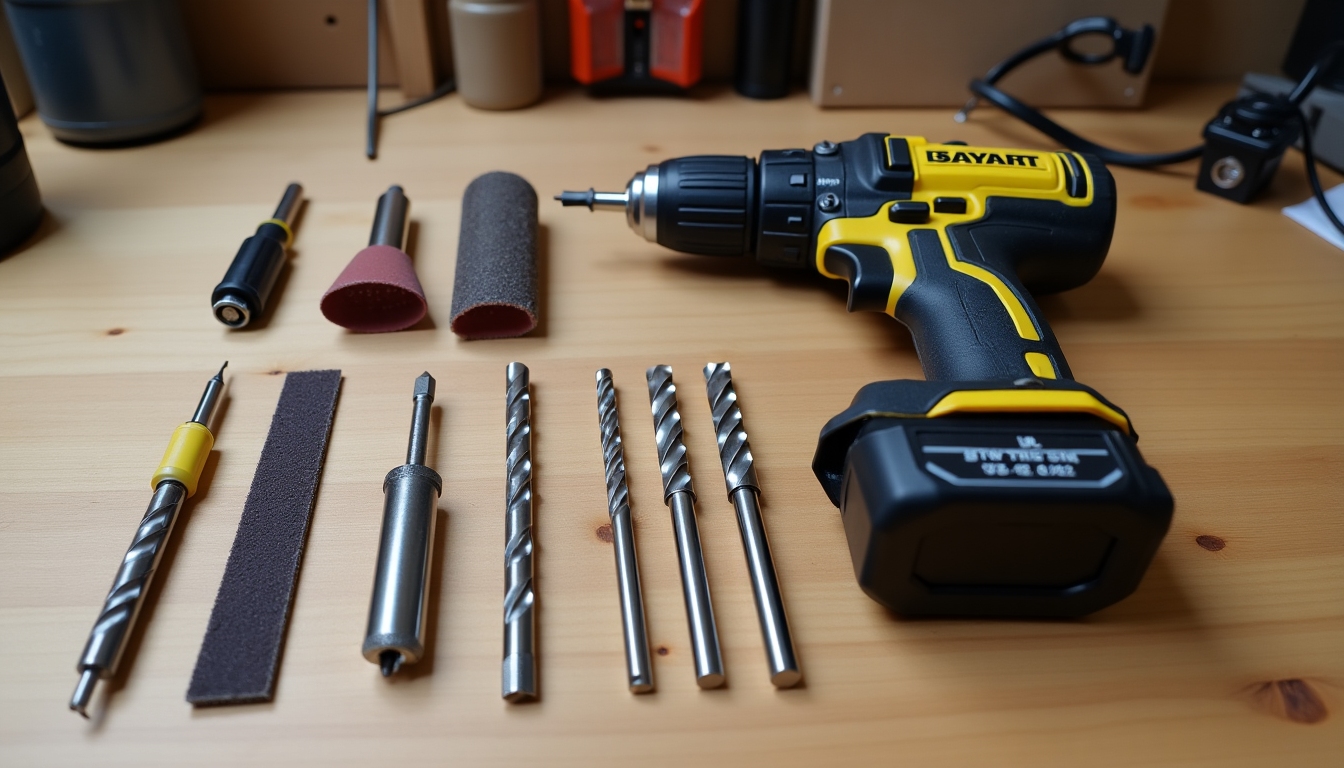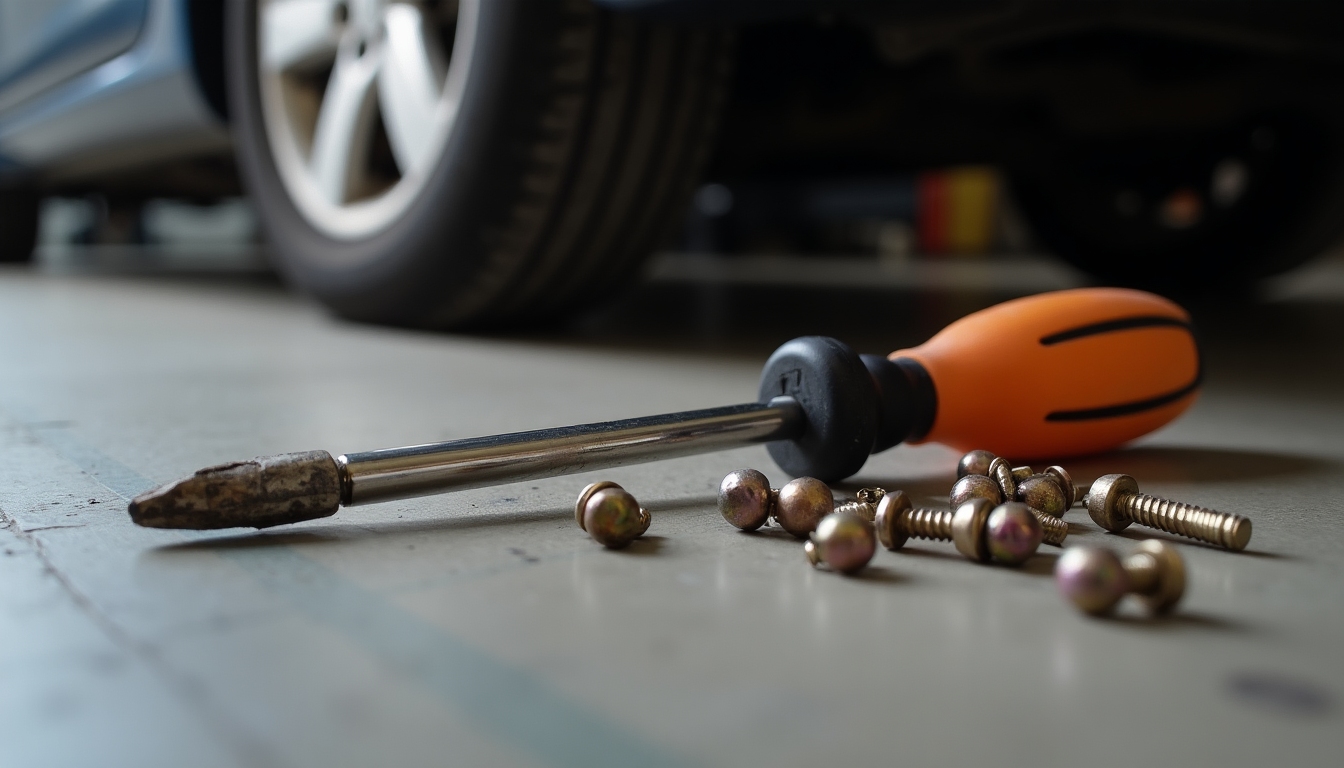Have you ever wondered how cordless power tools became essential for DIY enthusiasts? Black & Decker sparked a revolution with their cordless innovations, changing how we tackle projects at home and beyond. This article dives into their game-changing contributions, blending history, insights, and practical benefits in about 1500 words.
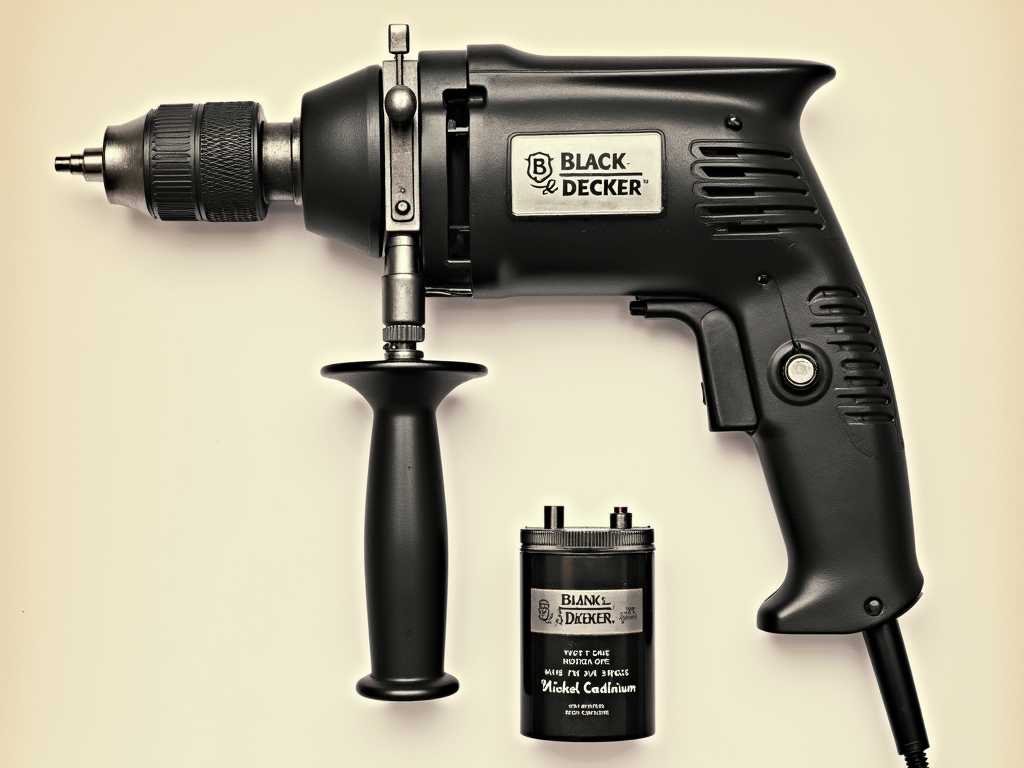
The History of Black & Decker: Pioneers of Power Tools
Black & Decker started in 1910 as a small machine shop in Baltimore, Maryland. They quickly became pioneers of power tools by introducing the first portable electric drill in 1917. This tool made drilling faster and easier than ever. Fast forward to 1961, and they launched the first cordless drill, powered by nickel-cadmium batteries. That moment shifted the power tool world forever, proving Black & Decker’s knack for innovation. Their early work built a foundation that still influences tools today.
Back then, tools were mostly manual or tied to cords. Black & Decker saw the need for something better—tools that could move with you. Their focus on practical solutions turned them into a household name. Today, their legacy lives on in every cordless drill you pick up.
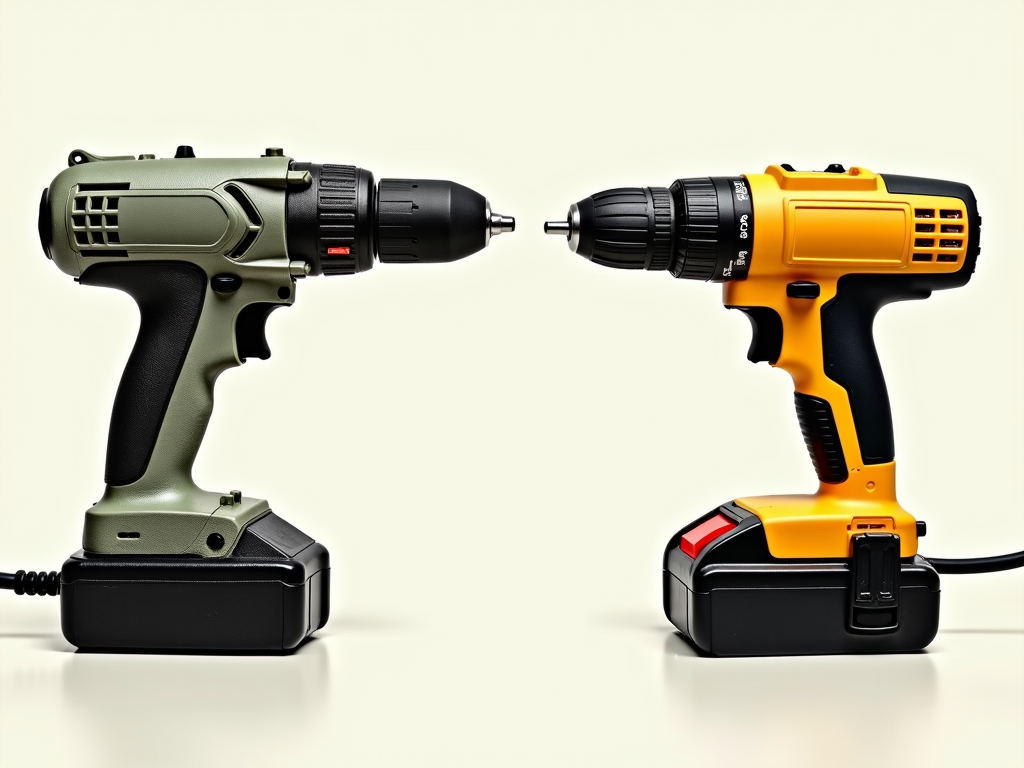
The Evolution of Power Tools
Power tools have come a long way. Early on, you had hand-cranked drills or heavy corded models plugged into outlets. These worked fine but limited where you could use them. The evolution of power tools took a big leap when cordless options arrived. Black & Decker led this charge, cutting the cord and giving users freedom to work anywhere—garages, backyards, even rooftops without power nearby.
Corded tools had their downsides: tangled cords, tripping hazards, and the constant hunt for an outlet. Cordless technology fixed that. It brought flexibility and speed to projects, making power drills a go-to for builders and hobbyists alike. This shift didn’t just change tools—it changed how we approach DIY.
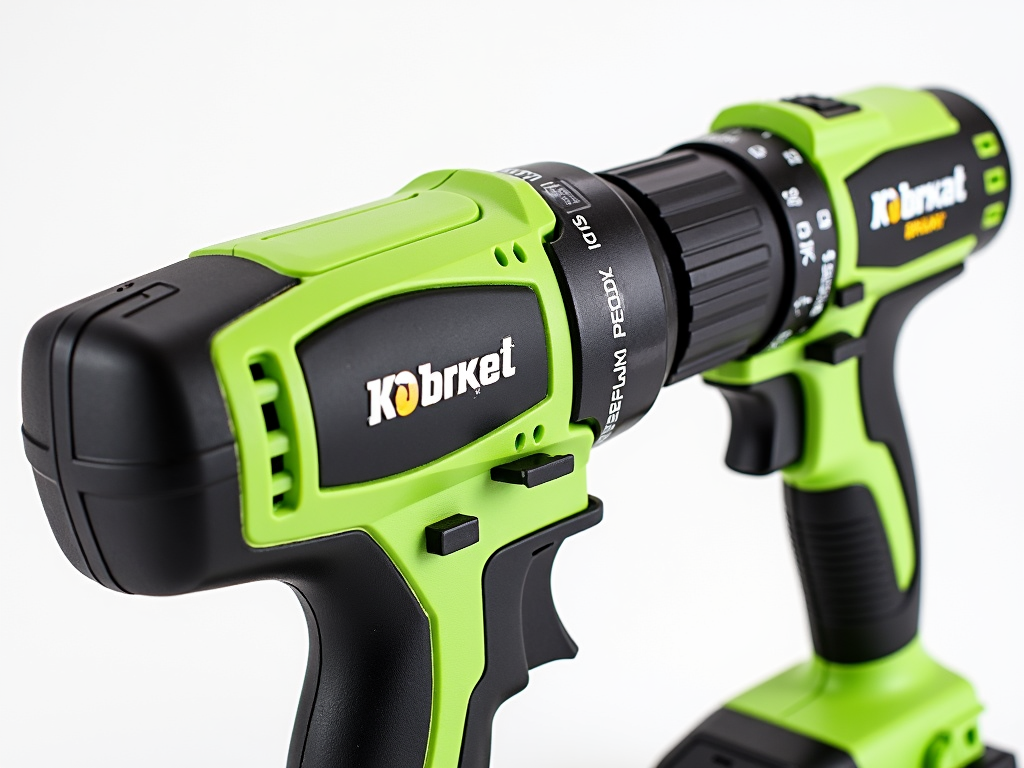
Innovations in Cordless Technology: How Black & Decker Changed the Game
Black & Decker’s first cordless drill in 1961 was a breakthrough. Powered by nickel-cadmium batteries, it wasn’t perfect—batteries were heavy and short-lived—but it started something big. Over time, they improved it. By the 2000s, lithium-ion batteries became the norm, offering more power, longer life, and quicker charging. These upgrades made cordless tools reliable for tough jobs.
They didn’t stop at batteries. Black & Decker also designed ergonomic power drills for reduced fatigue. Think lightweight bodies, comfy grips, and balanced weight. These features let you work longer without sore hands or tired arms. Their focus on user-friendly design set them apart and pushed the whole industry forward.
Here’s a quick look at their key innovations:
- 1961: First cordless drill with NiCd batteries.
- 1980s: Better battery life and power output.
- 2000s: Lithium-ion batteries for lighter, stronger tools.
- Ongoing: Ergonomic tweaks for comfort and control.

Impact on the Industry and Users
Black & Decker’s cordless innovations shook up the power tool industry. Competitors had to step up, leading to a wave of new designs and features across brands. For users, it was a win. Cordless power drills meant no more dragging extension cords or hunting for plugs. You could work in tight spots or outdoors with ease.
Safety improved too—no cords to trip over. Plus, setup time dropped, letting you start projects faster. This opened DIY to more people. Beginners could grab a cordless drill and build something without worrying about complicated setups. It’s why cordless tools are now everywhere, from home workshops to job sites.
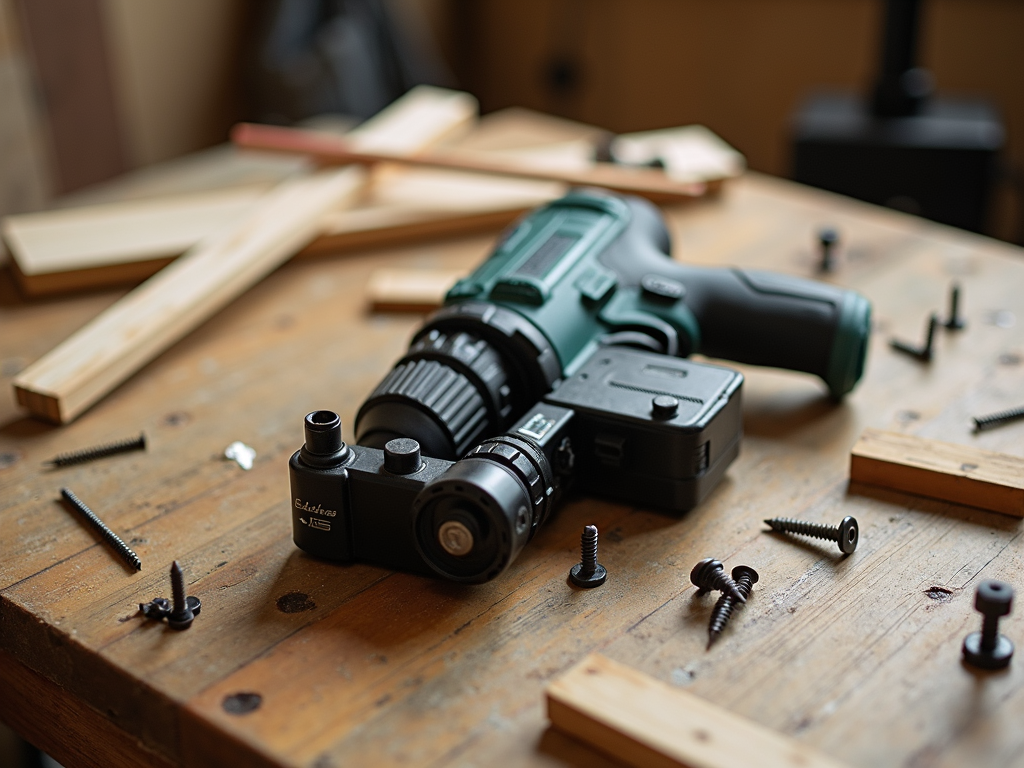
Personal Insights and Experiences
I’ve used cordless tools for years, and they’ve made my DIY life so much better. Once, I built a garden bench in my backyard—no outlets anywhere. With a Black & Decker cordless drill, I zipped through the job, drilling holes and driving screws without a hitch. The lightweight design kept my hands steady, even after an hour of work.
Another time, I helped a friend put up shelves in her old apartment. The nearest outlet was two rooms away. With a cordless drill, we finished in half the time it would’ve taken with a corded one. That freedom to move and work anywhere? It’s a game-changer. You feel it every time you use one.
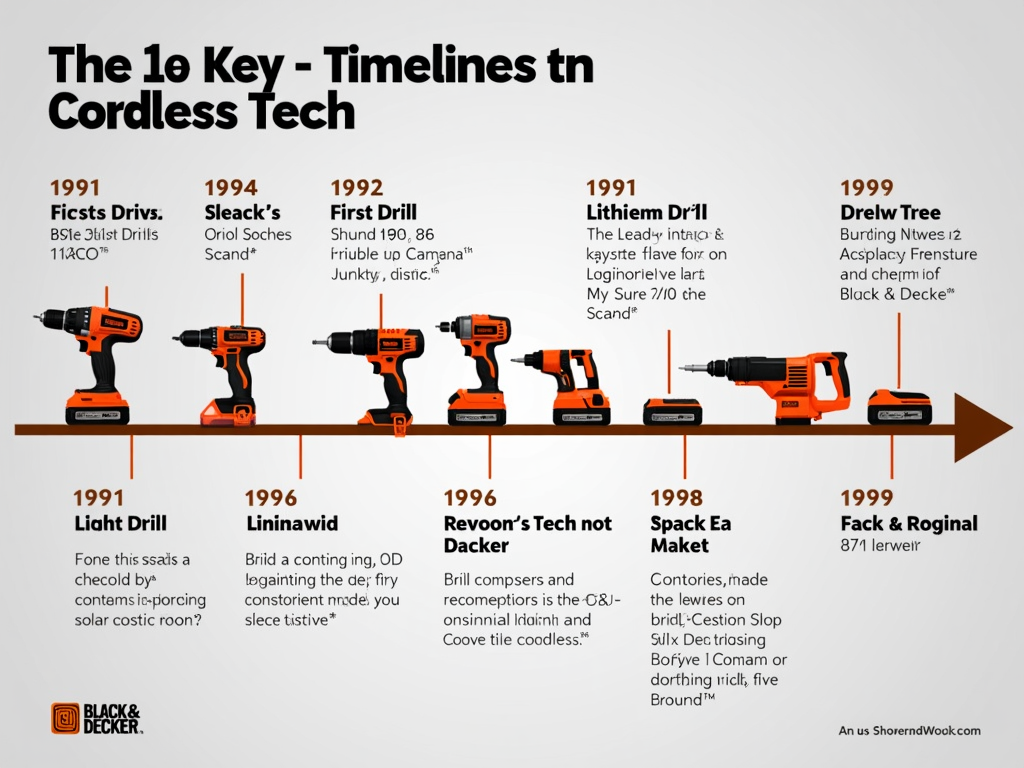
Why It Matters
These innovations aren’t just about tools—they’re about empowerment. Black & Decker made DIY approachable. You don’t need to be a pro to use a cordless drill. Their focus on practical, user-friendly design means anyone can pick one up and start creating. That’s the real legacy of their work.
Conclusion
Black & Decker’s cordless innovations transformed power tools and the DIY world. From their first cordless drill to today’s ergonomic, battery-powered models, they’ve made projects easier, safer, and more fun. Their influence still shapes the tools we use, proving that smart ideas can have a lasting impact. Want to dig deeper? Check out the recommended readings below.
Related Innovations in Cordless Technology: How Black & Decker Changed the Game:
- How to Keep Your Power Tools Running Strong
- Choosing the Right Plumbing Tools for Your Home: A Comprehensive Guide
- Power Washer Accessories for Better Cleaning: Enhance Your Cleaning Game
- Choosing the Right Workwear for Your Job
- Essential Maintenance Tips for Power Tools: Keep Your Equipment Running Smoothly and Safely
- How to Choose the Right Toolbox for Your Needs: A Comprehensive Guide
- Power Drills with Multiple Attachments: A Comprehensive Guide
- Top Tips for Cleaning and Storing Workwear: A Comprehensive Guide
- Top 10 Must-Have DIY Car Maintenance Tools for Every Car Owner
- Beginner’s Guide to Fixing Common Plumbing Issues
- Power Washer Troubleshooting and Repair: A Comprehensive Guide
- How to Balance Work and Life in the Trades
